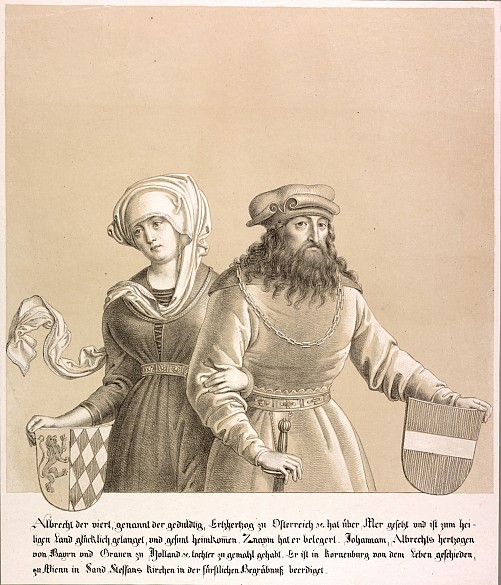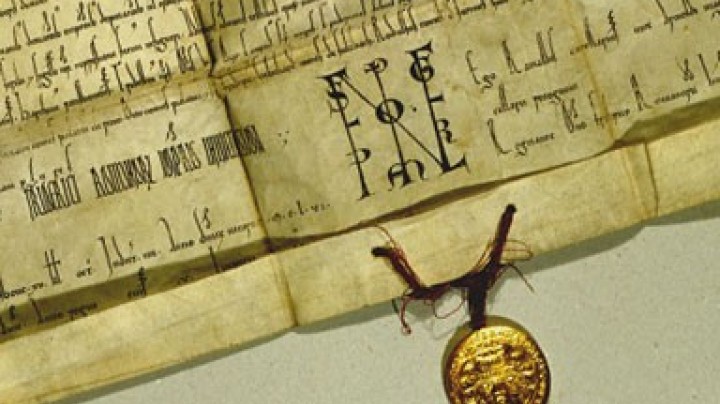Albrecht IV, the wonder of the world
In 1398, in keeping with medieval tradition, Albrecht embarked on a pilgrimage to the Holy Land – a dangerous undertaking, especially in view of the fact that Albrecht was the sole male heir of his line and an early death would have meant the extinction of his branch of the dynasty.
He returned safe and sound, having seen the Orient, and his adventure earned him the admiring sobriquet of ‘mirabilia mundi’ or ‘wonder of the world’.
This epithet is somewhat misleading, as Albrecht was a rather cautious, not very war-like character. He found recreation in the contemplative life and from his disposition would have been predestined for a monastic life. He was a patron of the Carthusian order, whose charterhouse in Mauerbach near Vienna became his favourite refuge.
Albrecht’s father arranged his marriage to Johanna Sophia from the Straubing branch of the Wittelsbach dynasty. Despite his early death at the age of twenty-seven he had two children, including a son who continued the line.
His daughter Margarete (1395–1447) was married to Duke Henry IV of Bavaria-Landshut. Her husband was from a branch of the Wittelsbach clan, from which her mother also descended.
His only son Albrecht V (1397–1439) continued to uphold his father’s claims to Hungary and Bohemia. He was the first ruler to unite the Austrian, Bohemian and Hungarian lands in one person. However, his early death put paid to any lasting assertion of these claims.













